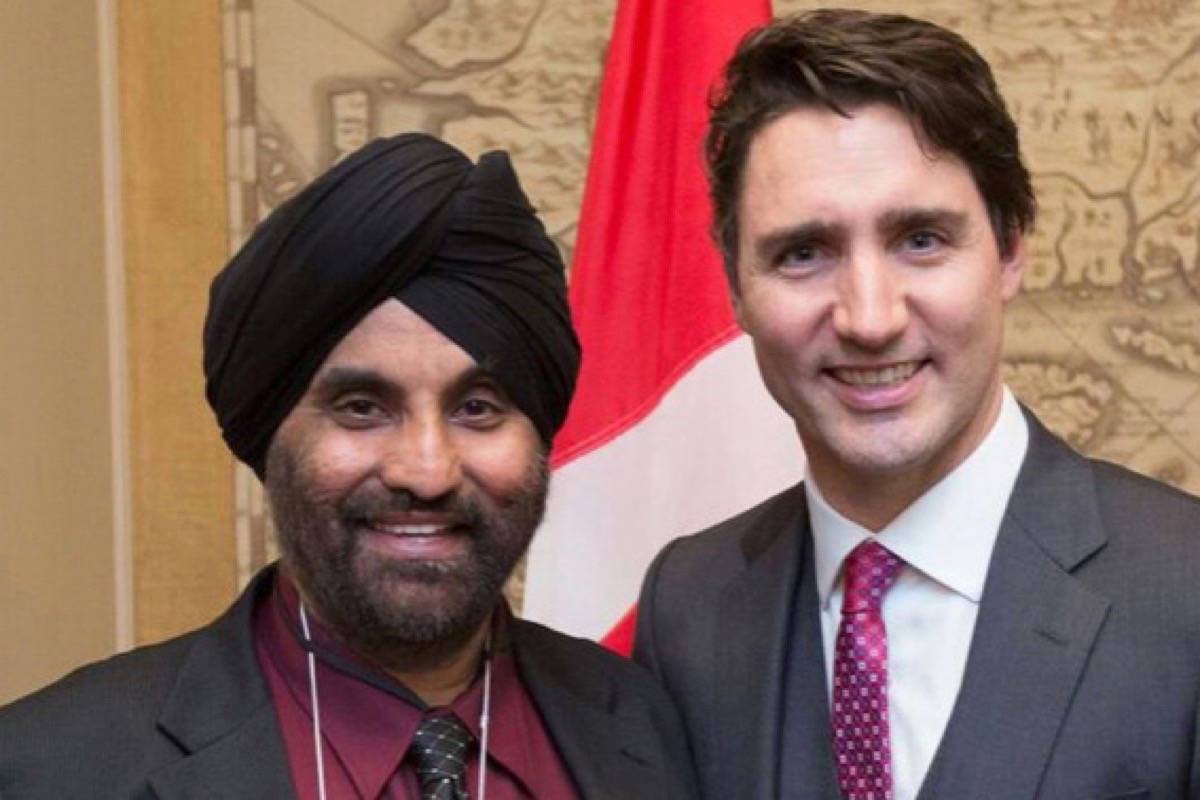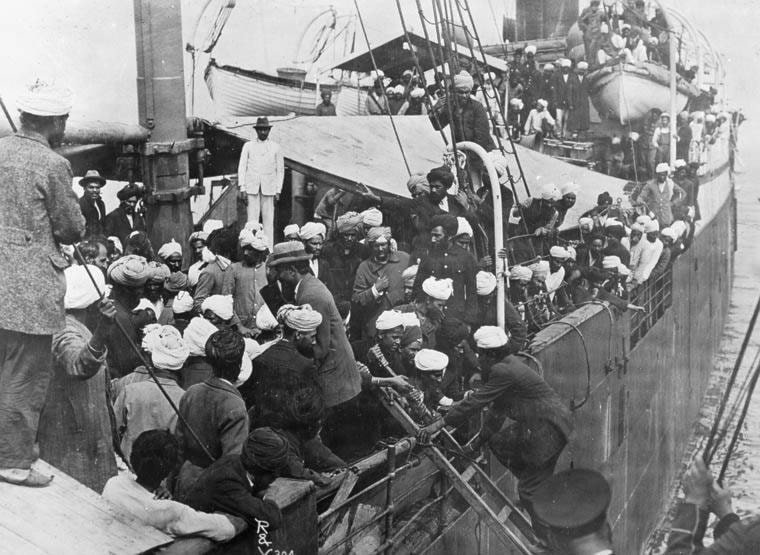The Descendants of the Komagata Maru Society is hoping to have a street in Surrey renamed to honour the passengers of the boats, but the Surrey heritage committee has suggested at looking at other options.
Raj Toor presented to the city’s Heritage Advisory Commission on Wednesday (Jan. 9) to request “the commission consider supporting the naming of a Surrey street in memory of the passengers of the Komagata Maru.”
“Their struggles and sacrifice should be recognized. We cannot undo the past, but we can move forward,” he said.
Toor told the Now-Leader before the meeting that renaming a street in honour of the Komagata Maru is not just for the families, adding the history of the Komagata Maru is “a South Asian community issue” and a part of Canadian history.
Toor, whose grandfather came to Canada on the Komagata Maru, said he thought Surrey would be a good fit to memorialize the passengers because the city has such a large South Asian community.
READ ALSO: LETTER: Thank you, prime minister, for the Komagata Maru apology
Initially, he said, he thought of 128th Street being renamed, possibly between 72nd and 88th avenues.
Penny Priddy, member of the heritage commission, asked Toor if it had to be a street name.
Toor said he and other familied want it to be a street, “but if there’s other options… that will be fine too.”
When asked about the memorial already in place in Vancouver’s Coal Harbour, Toor said, “The majority of the South Asian community is living in Surrey.”
Commissioner Lesley Tannen suggested a memorial which would allow people to congregate.
Priddy recommended to Toor that he meet with city staff and go over the street-naming policies, while also exploring what other options might be available. Toor agreed to the recommendation.
Following the meeting, Toor said he’s left the options open tot he commission and to staff.
As for a memorial, Toor said he hasn’t thought about where or what it could be since families would still prefer to have a street renamed.
How will he feel if he achieves his goal, and Surrey goes ahead?
“I will be very happy,” he said. “During the Komagata Maru, people suffered a lot. If the city could recognize them, their families, they will be very happy. Not only the families, but the whole South Asian community is going to be happy. All of Canada, all human, should be treated with respect. It’s Canadian history. All the Canadians will be happy.”
The Komagata Maru arrived in Vancouver from Hong Kong on May 23, 1914, carrying 376 passengers, according to komagatamarujourney.ca. Most of the passengers were immigrants from the Punjab region in what was then British India.
The hundreds of passengers, according to thecanadianencyclopedia.ca, were not allowed on shore. For two months, they remained in the waters outside of Vancouver.
“A long confrontation ensued with the passengers resisting immigration department efforts to make them to leave voluntarily,” reads the website. “These efforts included limiting their communications with the outside world, blocking their attempts to take their case to a Canadian court, refusing to supply the ship with food and water except when conditions became desperate; and, at one point after a continuing standoff, attempting to take control of the ship by force with a police boarding party.”
At the time, according to the thecanadianencyclopedia.ca, the Continuous Passage regulation was in effect which meant immigration officers could “block the entry of anyone who came to Canada other than by continuous journey from their home country. Another regulation, the website adds, was that immigration officer could turn back “any Asians who arrived with less than $200, a very large sum in 1914.”
The passengers were eventually forced to return to India, but upon their return, some of the passengers were shot and killed “in an encounter with British Indian police,” according to the canadianencyclopedia.ca.
Toor and his brother travelled to Ottawa in 2016 to attend the federal government’s official apology for the 1914 incident. following former-prime minister Stephen Harper’s apology in Surrey in 2008 which wasn’t as well receieved. The Government of B.C. also passed a motion apologizing to the passengers of the Komagata Maru, according to the Canadian Museum for Human Rights.
There is also a Komagata Maru memorial in Coal Harbour.
with files from Amy Reid
READ ALSO: Formal apology coming for Komagata Maru kin, April 14, 2016
lauren.collins@surreynowleader.com
Like us on Facebook Follow us on Instagram and follow Lauren on Twitter

